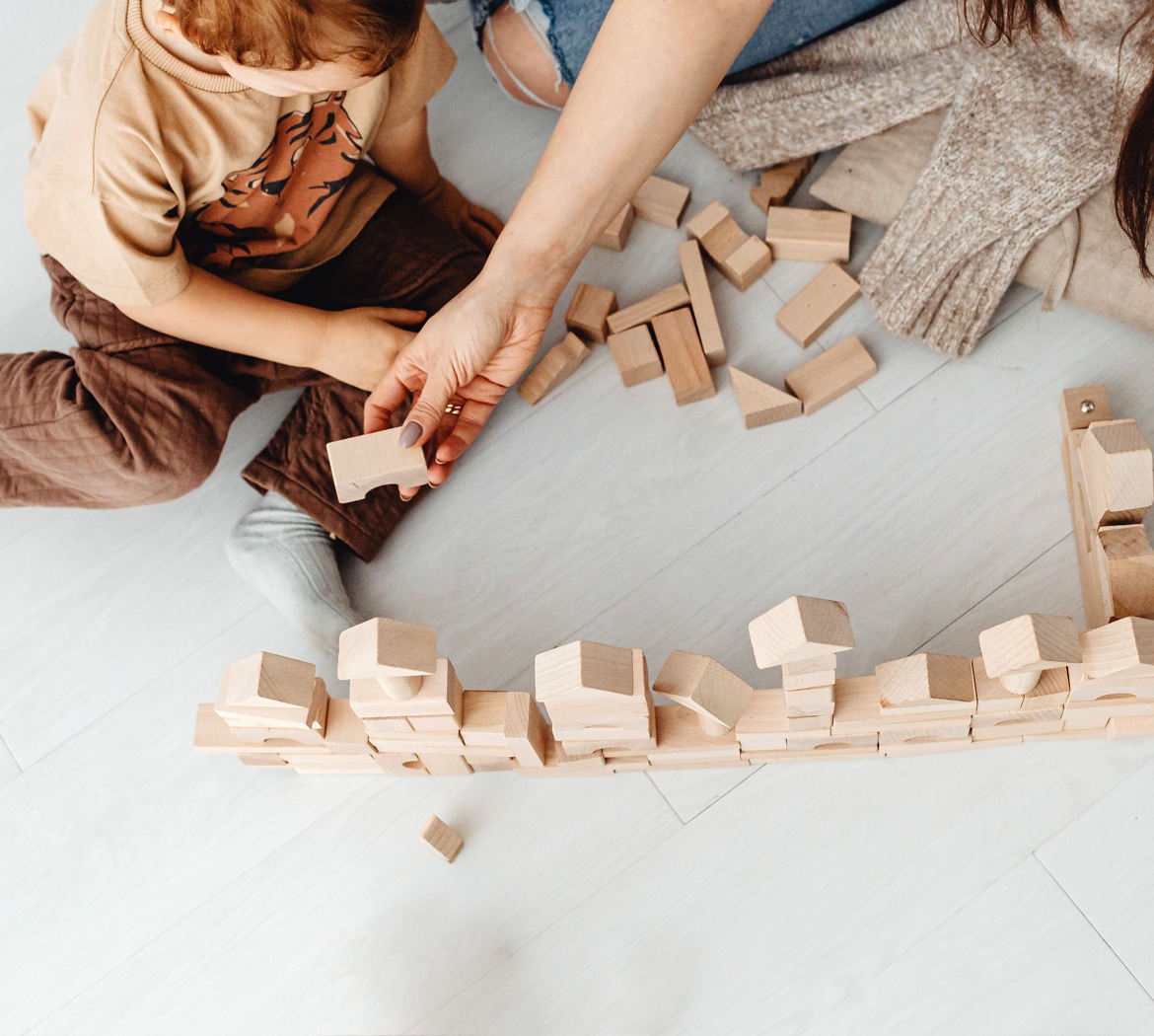
GET STARTED WITH A FREE CUSTOM SCHEDULE AND PLAN OVERVIEW ON OUR MOBILE APP →
TRY BATELLE FOR FREE →

Navigating the world of toddlerhood brings with it a myriad of challenges and milestones. Among the most significant is potty training—a transition that not only marks a step towards independence but also has profound implications on a child’s sleep patterns, naptime routines, and those unexpected middle-of-the-night bathroom trips. As parents, we often find ourselves juggling between the nuances of daytime training and the unpredictability of nighttime habits. This article aims to shed light on the delicate balance of potty training and its impact on your toddler’s sleep and naptime, offering insights and strategies to make the journey smoother for both of you.
Most families start potty training when their little one is somewhere between 18 months and 4 years old, although the American Academy of Pediatricians recommends looking at the child’s ‘readiness’ rather than choosing a certain age. Start with daytime potty training first. Use a pull up for naps and overnight. If you’re also using pull ups during the day, it can help to distinguish between daytime and nighttime pull ups – perhaps different colors or prints.
Signs your child is ready for daytime potty training include:
Expect highs and lows. Potty training can start with a lot of interest and enthusiasm and then wane as your toddler decides it’s not as much fun as they thought it was going to be. This is a common dynamic and not one to worry about. Learning can happen in fits and starts and you don’t want to push potty training because it can cause more resistance.
Additionally, potty training can get off track if there are changes in the household. The introduction of a new sibling, a change in daycare providers, or moving house for example may all cause a disruption in potty progress and your child may start having accidents during the day and/or at night. This should resolve with time, patience, and consistency.
If your toddler is still having a feed at bedtime or during the night, that needs to be addressed before handling nighttime potty training.
Also, be sure that you have transitioned to an open bed (converted crib, or floor bed) so that your child has the ability to access the potty more easily.
Signs of readiness for nighttime training:
Potty station: Set up a dedicated space in their room with all essentials, minimizing disruptions. A potty station is just a child’s potty on an absorbent, nonslip mat. Have a small nightlight in the room that gives enough light so that they can see the potty station. We suggest you have a small amount of toilet paper and wipes available as well.
Fluid management: Monitor daytime fluid intake and establish regular bathroom breaks.
Be prepared: Prepare ahead of time with multiple layers of sheets and waterproof liners so that if an accident happens, you can take care of it quickly and efficiently. Additionally, there are some pajamas on the market that are designed to contain any accidents.
Dream pee: A dream pee involves gently rousing your child before you go to bed to offer a chance to go potty. Consider this strategy as you’re transitioning to potty training at night either as a proactive measure or as a troubleshooting method.
Potty training, like any developmental milestone, might cause some temporary night wakings. Your little one has to get used to this new experience and incorporate these new skills into their daily routine. Stay calm and consistent to help your child adjust.
Negotiations and stalling: Sometimes little ones will use going to the potty as a way to stall going to sleep. This is where the potty station (mentioned above) can help. As a parent, it doesn’t feel right to deny your child a chance to use the potty. Having a potty station addresses this issue. When using the potty stops being a way to leave the room, it loses its potency as a negotiation tactic.
Worry over accidents: Sometimes a child who is working on daytime potty training may become worried about having accidents at night. It’s important for you to stay as lowkey as possible about accidents to help ease their worries.
Bedwetting: Remember, bedwetting is a natural part of childhood. It’s essential to remember that every child is unique, developing at their own pace. While some children might gain nighttime bladder control earlier, others may take a bit longer, and that’s perfectly okay. Avoid using a nighttime diaper, as it may inadvertently reinforce a sleep regression and prolong the situation because it can send mixed signals.
Refrain from associating bedwetting with age or maturity. Remember, accidents can happen at any age—it’s not a big deal. Maintain a supportive and light-hearted approach, reassuring your child that they’re not alone, and you’re there to help them through this journey.
In our experience working with thousands of families over the years, we’ve found that it works best to work on sleep training and establishing bedtime routines first before introducing nighttime potty training. Both processes are significant changes for a child. By solidifying sleep habits first, you’ll be better equipped to handle any sleep regressions that might arise due to potty training.
Overall, potty training is a significant milestone in your child’s development and can understandably disrupt sleep patterns. However, with patience, consistent routines, and understanding, both you and your toddler can navigate this transition smoothly.
